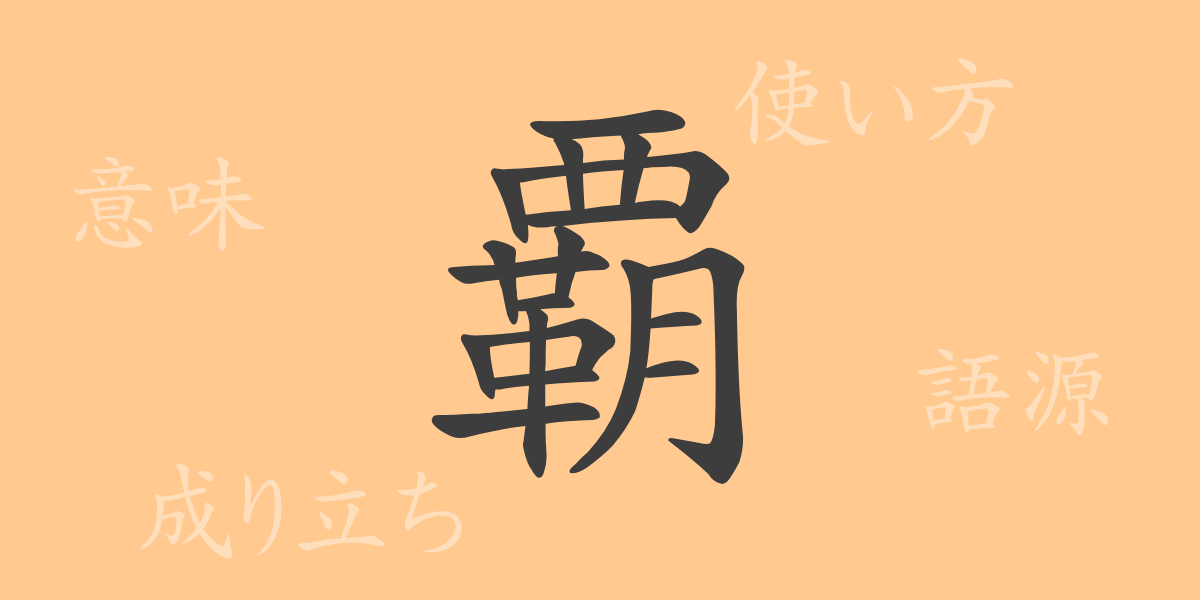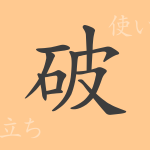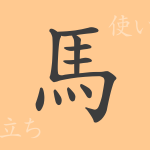Japanese culture is deeply intertwined with its rich history of kanji characters. Among many kanji, “覇” (は) stands out as a symbol of power and dominance. This article delves into the origins, meanings, and usages of “覇,” exploring how this character is used in various idioms and proverbs to fully appreciate its significance.
Origins of “覇” (語源)
The kanji “覇” originates from ancient China during the Spring and Autumn period, initially used as the title “霸” (は) for feudal lords, which evolved into “覇者” (はしゃ), meaning conqueror or ruler. This character came to denote strength and superiority, signifying a victor or a ruler in battles and governance.
Meaning and Usage of “覇”
“覇” conveys meanings of “dominance,” “supremacy,” and “victory.” It is often used in political and military contexts, exemplified in terms like “覇権” (はけん) or “覇道” (はどう), reflecting power or the way of rule. It also appears in sports, symbolizing the ultimate strength or championship.
Readings, Stroke Count, and Radical of “覇”
“覇” is a common kanji in Japanese, used across various scenarios.
- Reading: The on’yomi (phonetic reading) is “ハ,” while it generally does not have a kun’yomi (native Japanese reading).
- Stroke Count: It consists of 19 strokes.
- Radical: The radical is “采” (うねる), which is associated with claims or picking.
Idioms, Phrases, and Proverbs Involving “覇”
The kanji “覇” is featured in many expressions, highlighting its broad implications in Japanese language and culture.
- 覇権 (はけん) – Denotes supremacy or the highest authority.
- 覇道 (はどう) – Refers to the method or path of ruling and governance.
- 天下無双の覇者 (てんかむそうのはしゃ) – Describes a ruler who is unparalleled in this world, a supreme leader without any equal.
Conclusion on “覇”
The powerful connotations of “覇” have influenced many throughout history. Whether in politics, sports, or other fields, this character embodies the symbol of excellence and strength, capturing the hearts of people even today. Understanding “覇” deepens one’s comprehension of Japanese language and enriches communication.

























